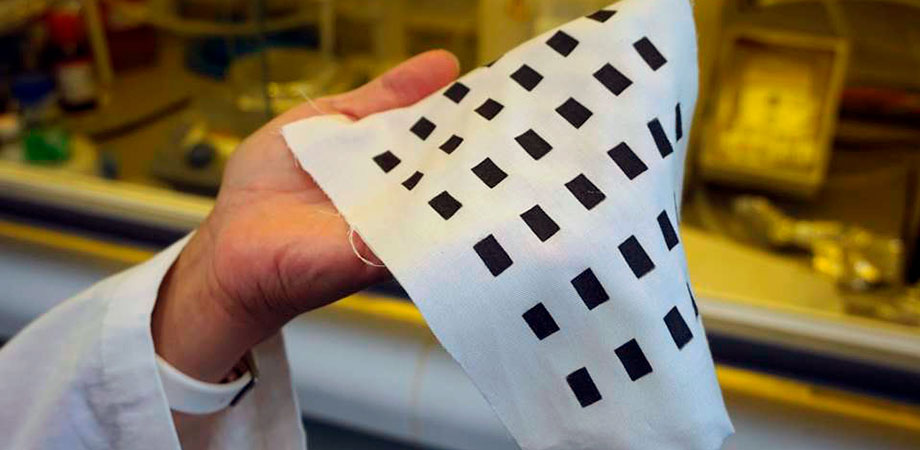Get Wired with Women in Renewable Energy

On August 12, as part of 2019 Optics + Photonics, SPIE will introduce a new conference, Women in Renewable Energy (WiRE). The brainchild of Co-Chairs Mónica Lira-Cantu, leader of the Nanostructured Materials for Photovoltaic Energy Group at the Institut Català de Nanocièencia I Nanotecnologia, and Zakya Kafafi, an adjunct professor at Lehigh University and formally the head of the Organic Optoelectronics Section at the U.S. Naval Research Lab and the director of the Division of Materials Research at the National Science Foundation, WiRE includes four technical sessions – Progress in Halide Perovskite Solar Cells, Solar Energy Utilization and Light Management, Harvesting Energy from Photovoltaics and Triboelectrics, and Energy Conversion and Storage – and a roundtable discussion, “The Role of Women Scientists in Renewable Energy.”
The drive to create this one-day event stemmed directly from observed experience: Kafafi was an invited keynote at a conference organized by Lira-Cantu last year in Barcelona, and she was struck by the level of attendance and active participation by women. “The topic was the stability of photovoltaics,” says Kafafi. “I noticed that there were a lot of young women presenters there, both engineers and scientists, all very active in their field. I was intrigued by that, by their level of interest. So Monica and I had the idea of organizing a conference at SPIE where we specifically invite women researchers in this broad area of energy renewables to come together and present their findings: it’s a wonderful way to show both the impact of women researchers, to showcase key trends in renewable energy research developed and led by women from around the world.”
A natural development, Kafafi and Lira-Cantu agree, is a roundtable extension of the technical presentations: have leading women in renewable energy share their technical knowledge and then share their leadership and career experiences. “It’s the perfect platform,” Kafafi explains, “for having these leaders in science, research and technology share their experiences, the challenges and obstacles and how they handled them.” Ideally, she adds, the presentations and in-tandem roundtable discussion will inspire the upcoming generation of women scientists, by sharing knowledge and experience.
While inaugurating the energy-focused one-day conference, SPIE Fellow Kafafi will also be celebrating the 20th anniversary of the O+P conference Organic, Hybrid, and Perovskite Photovoltaics, previously known as Organic Photovoltaics, a conference she launched and has chaired since its inception. In addition, Kafafi has held the role of founding editor-in-chief of SPIE’s Journal of Photonics for Energy since 2011. Some of the papers presented at WiRE, she hopes, will seed an upcoming special issue of that journal.
“I’ve worked in the areas of energy conservation (organic light-emitting diodes for flat panel displays and solid state lighting), and renewable energy conversion (organic photovoltaics, and, more recently, plasmonic nanostructured organic solar cells),” notes Kafafi. “My role at the National Science Foundation gave me an eagle eye’s view of all areas of materials research, and renewable energy was a very important part of that.” When she started her research at NRL in the 90s, she says, she was often the only woman in the room at conferences or funding agencies. Contributing to that changing scenario – by giving more women researchers a bigger platform at SPIE conferences for example – offers her hope for a more equitable future. After all, as Kafafi points out, “science knows no border.”
And the renewable energy field may be where borders steadily dissolve: according to January 2019 report from the International Renewable Energy Agency (IRENA), Renewable Energy: A Gender Perspective, while the energy sector overall employs about 22% women, renewable energy employs closer to 32%. The younger generation of scientists, says Kafafi, is definitely interested in working on societal issues related to energy and health.
With that in mind, Kafafi and Lira-Cantu invited a mix of established scientists as well as emerging ones to the WiRE conference. “We wanted to make sure we have age diversity as well as geographical diversity,” says Kafafi, “and we also hope that the younger scientists will be excited by what they hear.” Science aside, she says, it’s important to share some of the history of scientific development, gender diversity included. “It’s good to make the younger generation aware that the changes that they are seeing now are the result of struggles of many women to circumvent obstacles and try to forge a new road,” she says. “To be successful, essentially.”
| Enjoy this article? Get similar news in your inbox |
|



